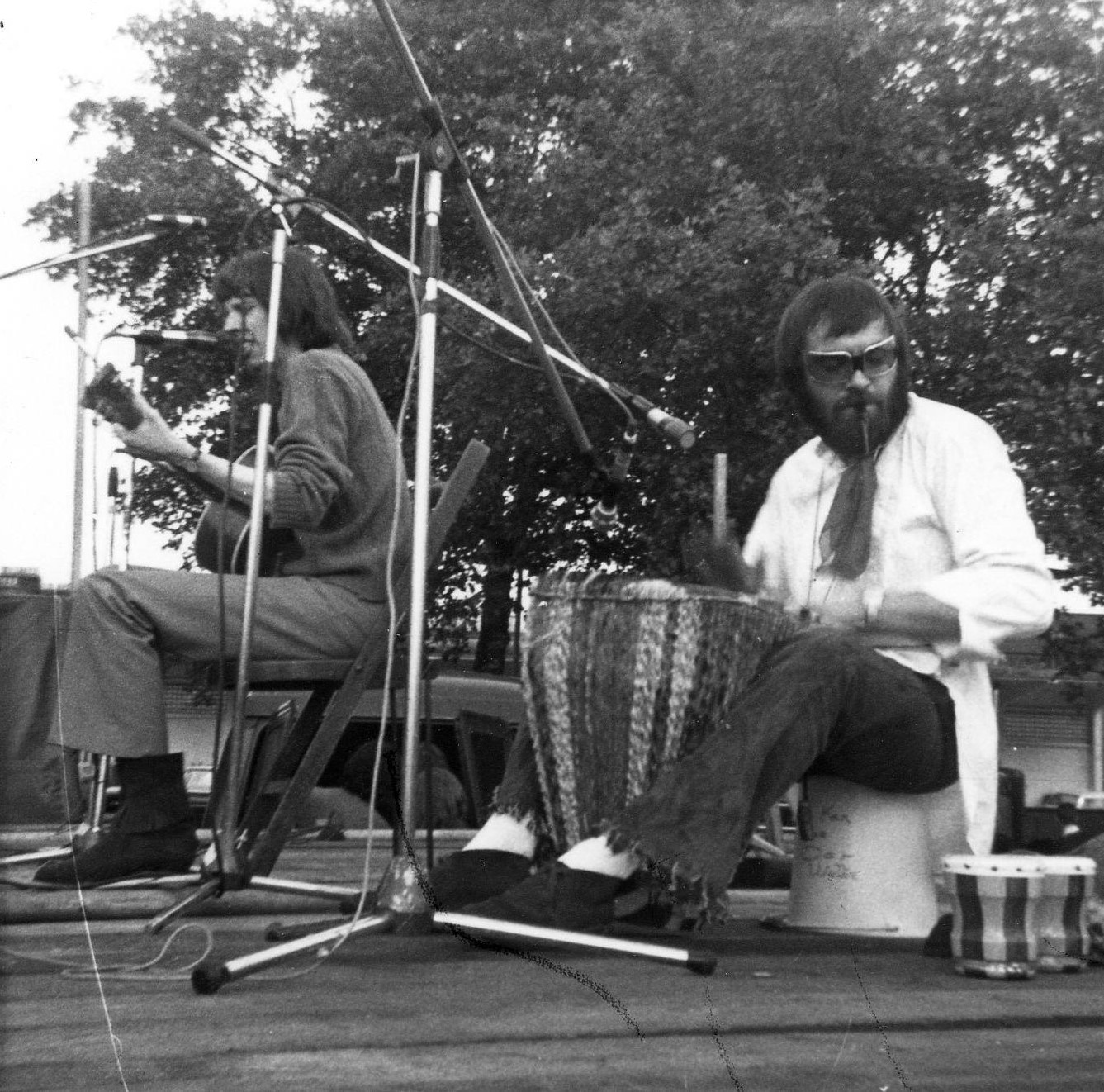Ken Hyder | Talisker | Interview
Ken Hyder is a Scottish drummer and percussionist best known for combining different styles of folk, ethnic and Celtic music with jazz.
Hyder has worked with and recorded with many musicians and has been playing and composing music for over more than four decades now. In that time he has produced more than three dozen albums of original material. He began playing jazz in Scotland before moving south to London where he played at the Little Theatre Club at Garrick Yard, St Martin’s Lane – an avant garde haunt, run by John Stevens (1940–1994). In 1970, Hyder formed Talisker, and went on to make six albums with this pioneering Celtic jazz group. In the 1970s, he began moving away from jazz and into collaborations with musicians from different musical backgrounds, including Irish, South African and South American players. Later, he became interested in exploring spiritual aspects of music with spiritual practitioners like Tibetan and Japanese Buddhist monks, and Siberian shamans. Hyder’s projects include K-Space, with Tim Hodgkinson and Gendos Chamzyryn (who sadly died recently); Hoots and Roots with Scottish singer Maggie Nicols; RealTime with z’ev, Andy Knight and Scipio; Raz3 with Hodgkinson and Lu Edmonds; A revived Talisker, with Nicols and Raymond MacDonald, plus a duo with pianist Vladimir Miller. Hyder has also published several books.
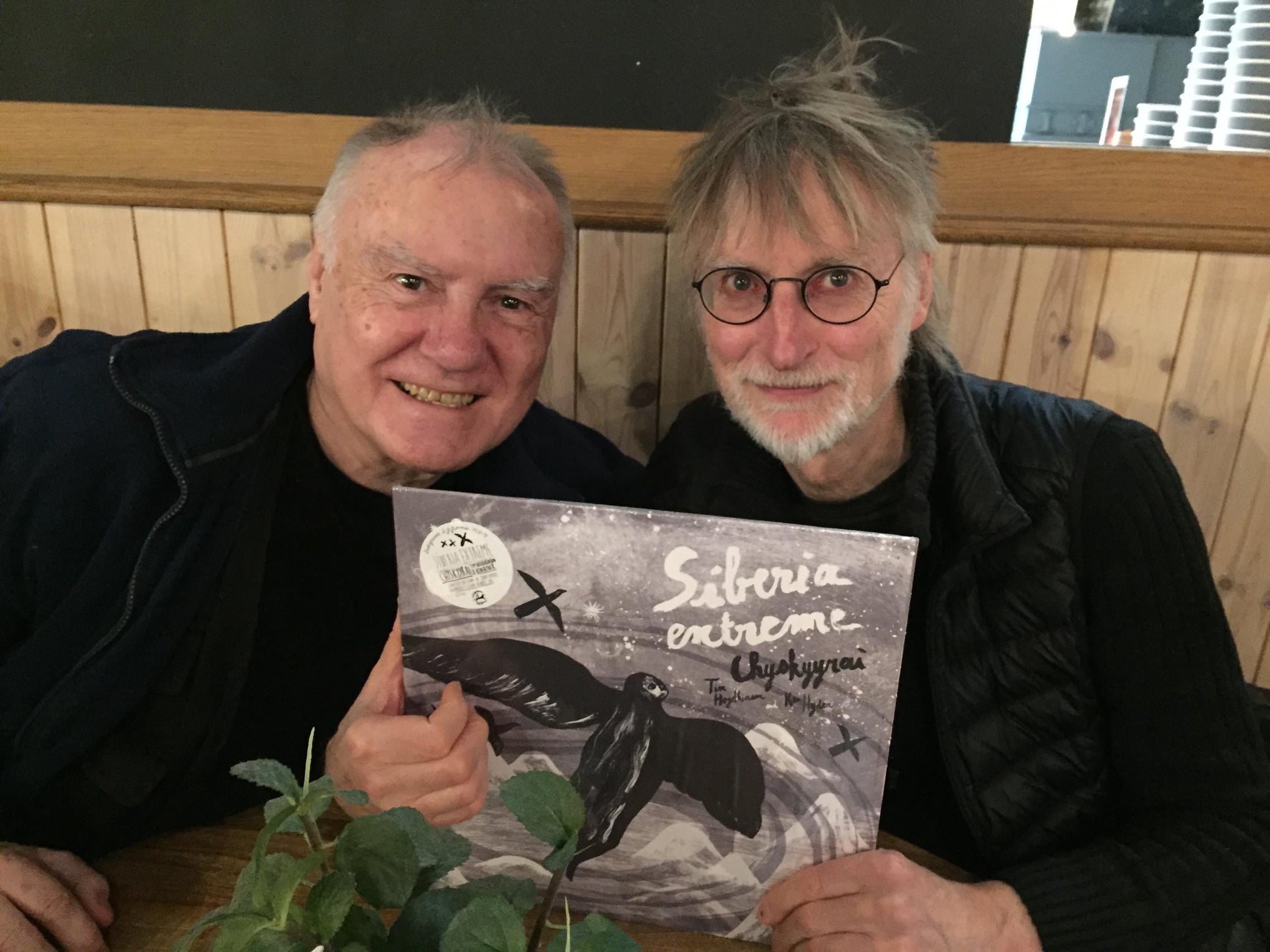
“London was the capital of European avant garde at the time”
How did you first get interested in drums? Was there a certain moment in your life when you knew you wanted to become a musician?
Ken Hyder: On my grannie’s kitchen floor as a toddler playing with pots and pans. I knew I wanted to be a musician in my teens. But I also wanted to be a journalist. So I did both.
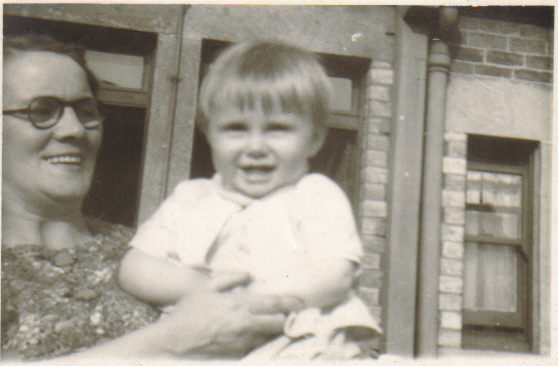
What are some of the most important players that influenced your own style and what in particular did they employ in their playing that you liked?
John Coltrane and Albert Ayler for the spirit in their music. Elvin Jones for his polyrhythmic approach and stretching time. Max Roach, Art Blakey, Philly Joe Jones, Ziggy Modeliste. Lots of folk musicians from all over the world. Gaelic psalm singing, the most amazing large scale improvising music in the world – which led to gospel singers like Aretha Franklin and Marvin Gaye.
You began playing jazz in Scotland before moving south to London where you played at the Little Theatre Club at Garrick Yard, St Martin’s Lane – an avant garde haunt, run by John Stevens. What was that experience for you like?
Amazing. London was the capital of European avant garde at the time. It was great hearing people like Derek Bailey and Trevor Watts – and getting to jam with them sometimes.
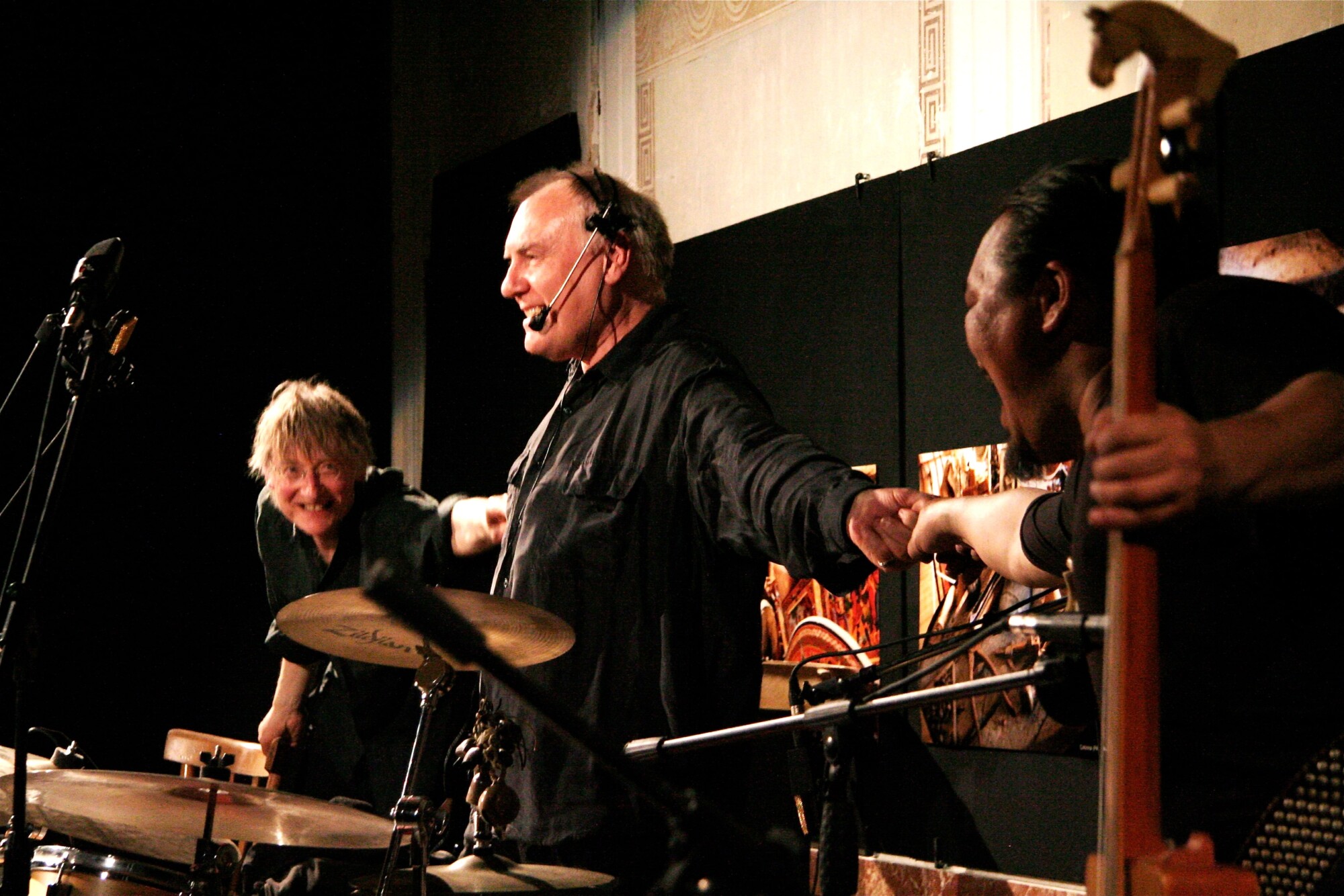
“Charlie Mingus said that American jazz developed from Irish, French and Scottish folk”
What led you to form Talisker in 1970?
In an interview, Charlie Mingus said that American jazz developed from Irish, French and Scottish folk, alongside black musicians and American Indians. Europe had a lot of folk music, so why didn’t they use their own folk music to make their own jazz and not copy American jazz? I thought he was right.
The albums you recorded sound very original. What was the overall vision you had for the band?
I remember rehearsing with John Rangecroft and Davie Webster and us playing spiritual energy for about 20 seconds. We called it the white light. And the next few decades were used to develop the white light for more than 20 seconds at a time…leading to a whole album. On the second Talisker album, on the last piece in the studio – a lament for Albert Ayler – Davie Webster was full of spirit. So much, that the four singers ended up on the floor wailing spiritually with Davie. A magic group spirit moment.
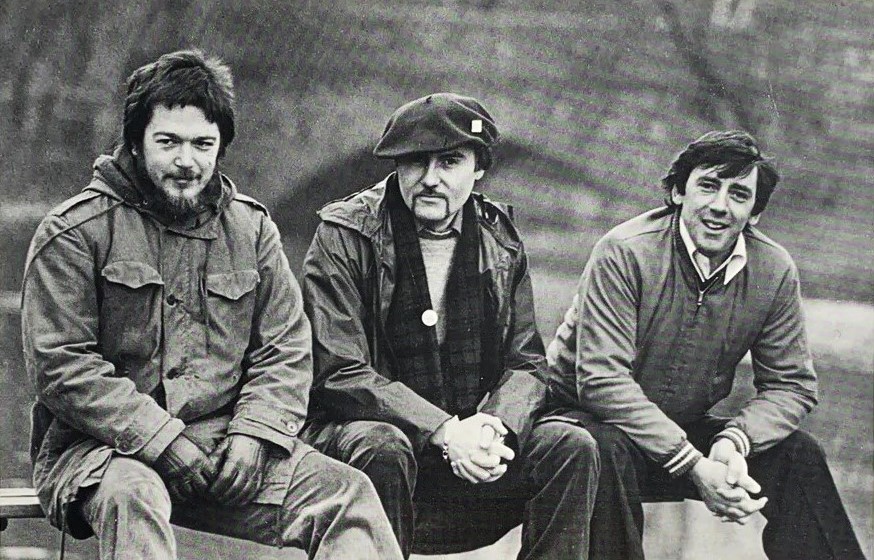
Tell us about K-Space and how you originally met Tim Hodgkinson and Gendos Chamzyryn?
I met Tim Hodgkinson in 1978 at a Music For Socialism event in South London. We got on instantly sharing similar goals and developing our duo. In 1990 we got a tour of the whole of Russia. It was amazingly ear opening, and we kept going back. On one occasion we went to Tuva, and jammed with a big band improvising and using local folk forms. Gendos Chamzyryn was playing. We hit it off and became a trio. We named the band after a time machine invented by Nikolai Kozyrev. Tim and I played in Akademgorodok by chance. It was a science city built in the 1950s to host top scientists in the centre of Siberia – far away from western spies.
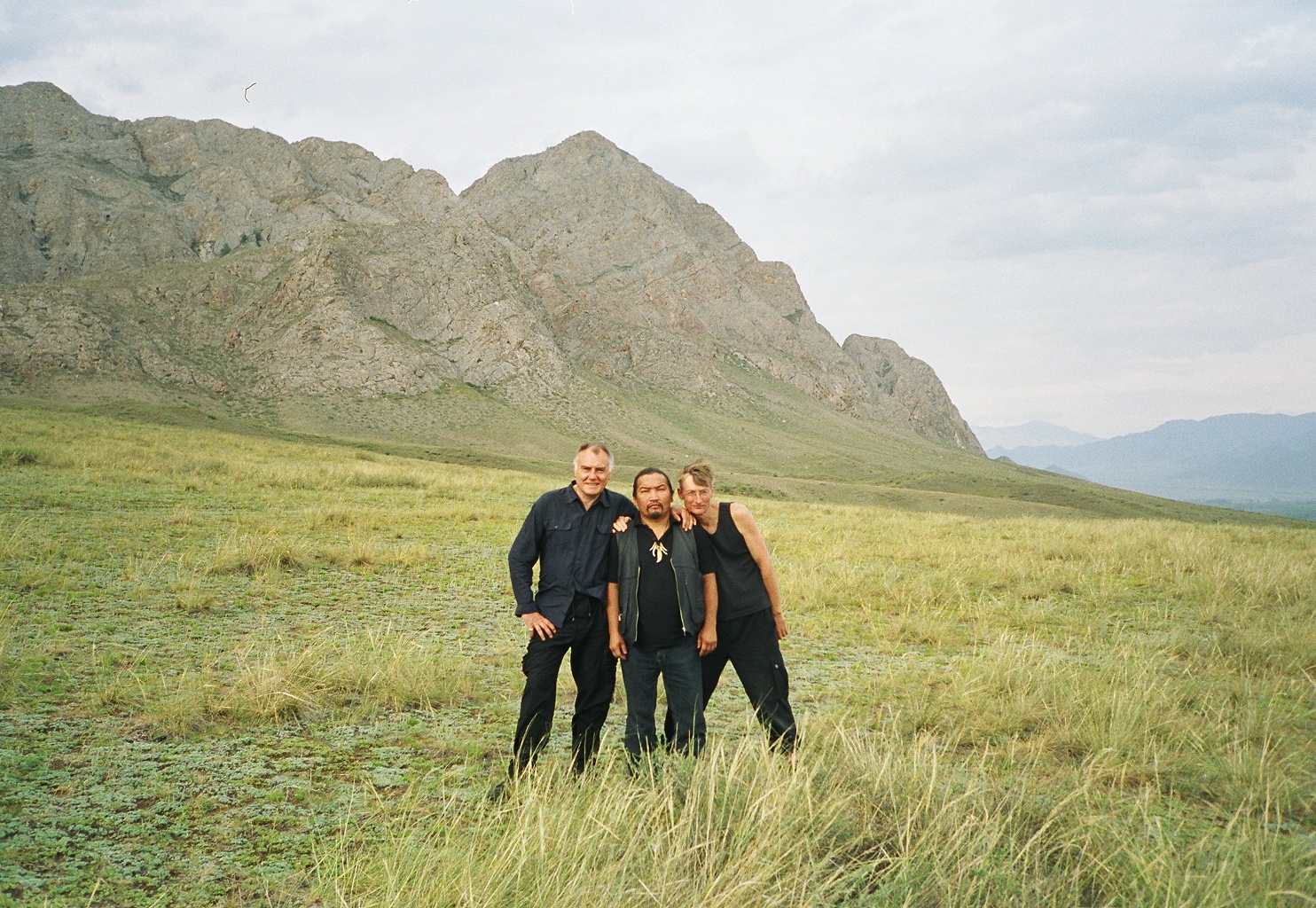
Tell us about your interest surrounding Siberia and its tradition.
Siberia was the home of shamanism thousands of years ago. It influenced the people and the culture a lot. You can feel it in the music. Their folk music has remained earthy and not as fashionally artificially polished folk music in many other countries. There is great history too, stunning stone carvings, and geography…like lake Baikal which contains a fifth of the world’s fresh water.
You wrote several books, would love to hear more about them.
The first novel Black Sky, White Sky is about an American who goes to Siberia and becomes a shaman. The next, Hack Attack, is a novel based on cyber terrorism. And How To Know is an autobiography on my journey from a tenement in Dundee ending up with many trips to Siberia and being heavily influenced by it.
Do you have any other active projects going on at this point? Will you continue to record new albums?
Tim Hodgkinson and I regularly play together developing the music we make. We are in a simplified acoustic phase of short pieces. A recent album, ‘Butcher’s Wood’ was recorded with other musicians in a wood near Brighton.
It’s absolutely impossible to cover your discography. Would it be possible for you to choose a few collaborations that still warm your heart?
All of them were full-on collaborations with people wanting the best outcomes. The first Talisker album ‘Dreaming of Glenisla’ is special for being the start of a long adventure. And the last K-Space album – before Gendos Chamzyryn died, ‘Black Sky’ – is the result of years of processes leading to an album which from start to finish is full of spiritual energy.
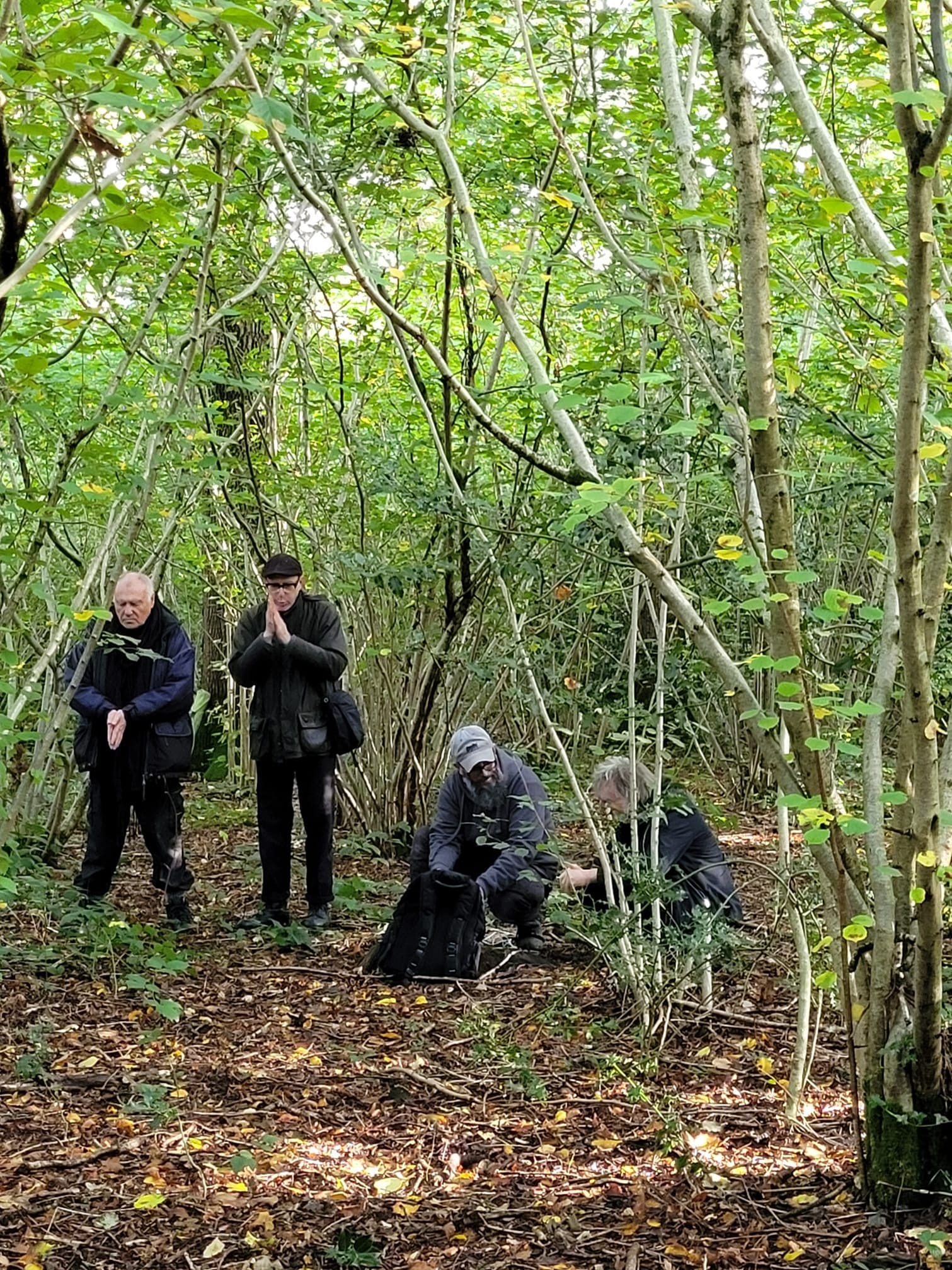
Thank you for taking your time. Last word is yours.
Recognition. It is what you need when you notice successful attempts to progress your performance. It is the favourite toast for Tim Hodgkinson and I. Recognition. Cheers.
Klemen Breznikar
Headline photo: Dennis Homes performing at a free music festival on Wormwood Scrubs Common in 1970 with Ken Hyder on percussion. They were a support act to Hawkwind.
Ken Hyder Official Website / Facebook

